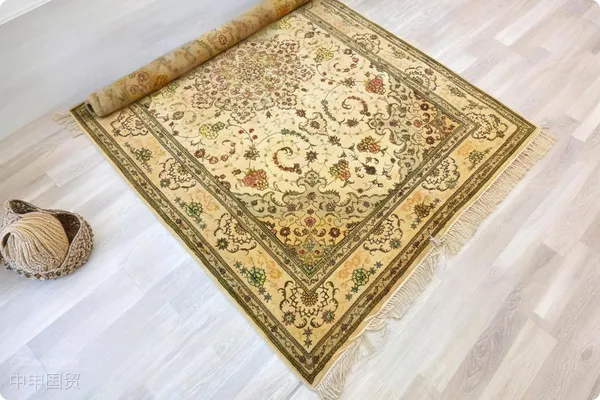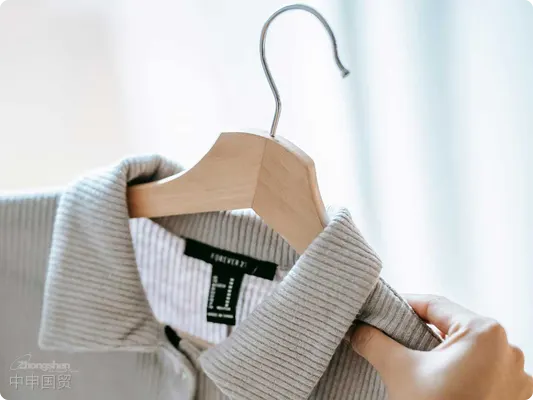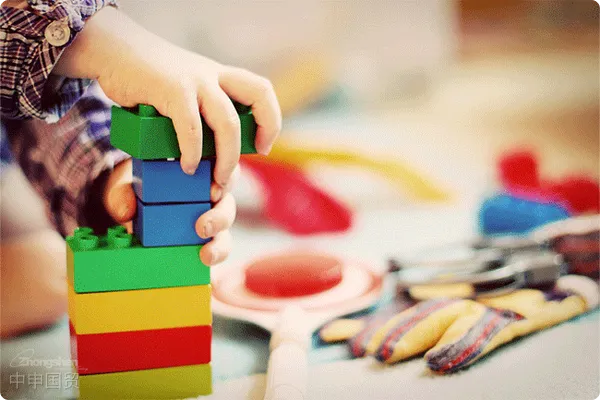- Shanghai Zhongshen International Trade Co., Ltd. - Two decades of trade agency expertise.
- Service Hotline: 139 1787 2118
Yoga, as an ancient and profound physical practice, has gained widespread popularity and become an important part of contemporary pursuits of physical and mental balance and a healthy lifestyle. Consequently, yoga mats, as an indispensable accessory for yoga practice, directly impact the effectiveness and safety of the practice. So,import and exportwhat should you pay attention to when it comes to yoga mats? Below, we will explain in detail.
Product Introduction
Yoga mats, commonly known as yoga mats, are mats laid on the ground to provide protection, cushioning, isolation, and anti-slip functions for yoga practitioners. High-quality yoga mats should have uniform surface particles, soft material, non-toxic and odor-free, good rebound ability and tensile resistance, and can effectively protect practitioners from injury. Common yoga mat materials on the market include rubber, TPE (thermoplastic elastomer), PVC (polyvinyl chloride), EVA (ethylene-vinyl acetate copolymer), latex, PU (polyurethane), suede, NBR (nitrile rubber), etc. The performance and price of each material vary, and users should choose based on their personal needs.
Customs Classification and Declaration Elements
In the import and export trade of yoga mats, the first things to pay attention to are the customs code and the corresponding tariff rates. In addition, accurate and correct declaration of various elements is also very important.
PVC yoga mat
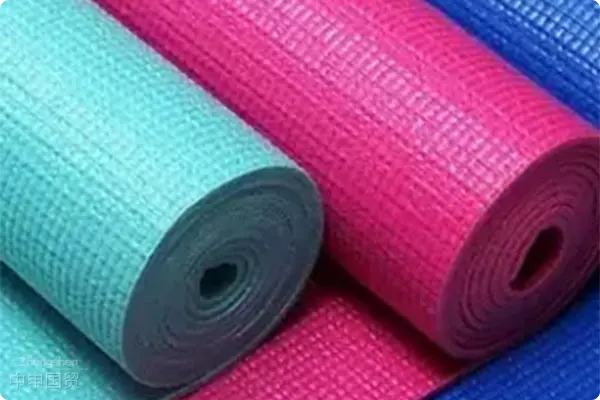
Rubber Yoga Mat
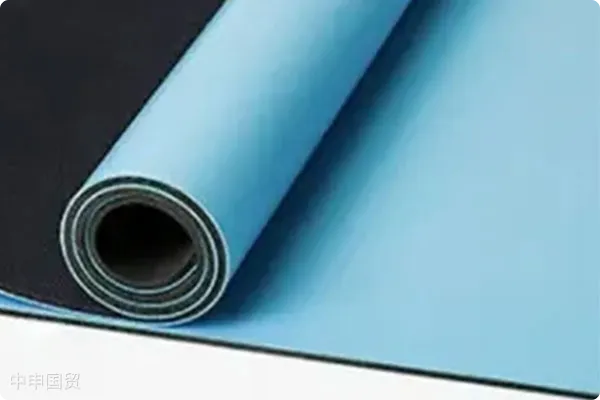
The above are all based on the latest Import and Export Tariff and declaration requirements of customs. It can be seen that the tariff rates for yoga mats of different materials are different, with PVC mats having relatively lower rates. At the same time, standardized declaration information is also crucial for smooth customs clearance.
Testing and Standard Requirements for Yoga Mats
To ensure the health and safety of consumers, domestic and international standards have strict requirements on the odor, mechanical and physical properties, and limits of chemical toxic and harmful substances in yoga mats.
Restrictions on Toxic and Harmful Substances
Restrictions on toxic and harmful substances such as short-chain chlorinated paraffins, phthalates (plasticizers), and polycyclic aromatic hydrocarbons are aimed at reducing potential risks to the environment and human health.
Testing of Mechanical and Physical Properties
Tests for tensile strength, elongation at break, anti-slip properties (dry slip resistance, wet slip resistance, and grip), and aging resistance are designed to ensure the safety and durability of yoga mats during use.
The above aspects have clear indicator requirements and testing methods in national and industry standards. Only yoga mats that meet these standards can ensure safety during practice.
In summary, both the accurate calculation of tariff rates and compliance with national quality standards are key aspects to focus on when importing and exporting yoga mats. As sports equipment that comes into contact with the human body, the quality standards of yoga mats are directly related to the health and safety of users. Only by strictly controlling every step can consumers purchase reliable, high-quality products. It is hoped that the above introduction can provide a comprehensive understanding of this aspect.
Related Recommendations
? 2025. All Rights Reserved. Shanghai ICP No. 2023007705-2  PSB Record: Shanghai No.31011502009912
PSB Record: Shanghai No.31011502009912
